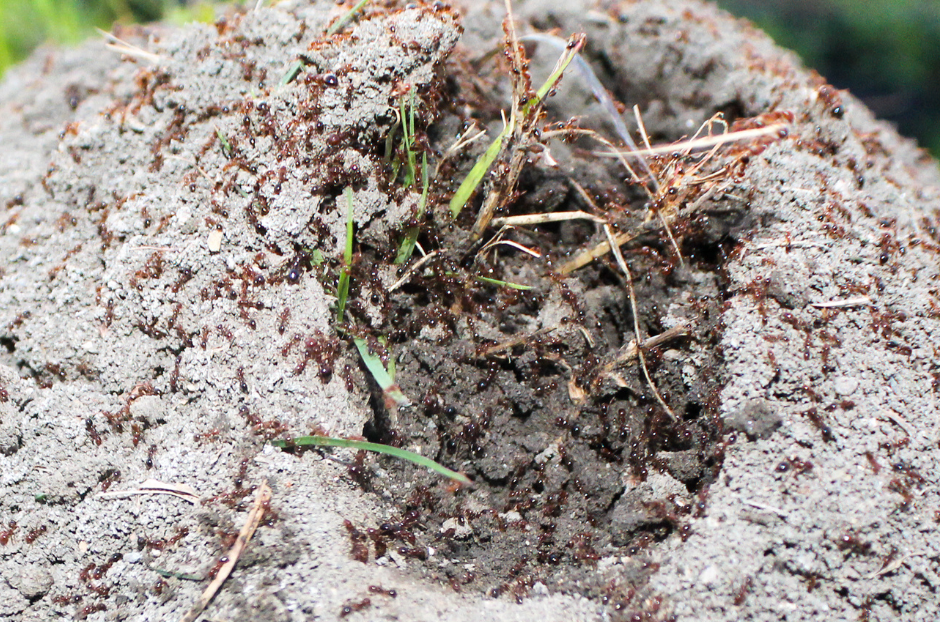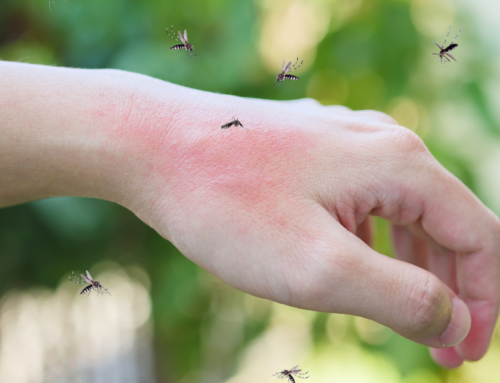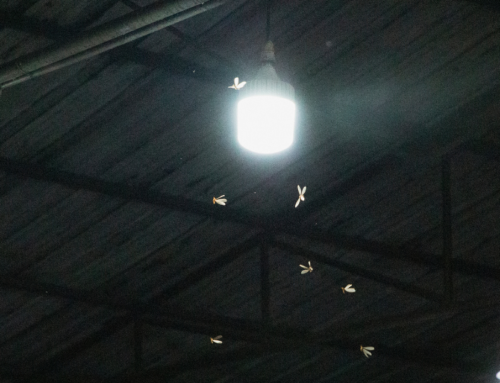The imported fire ant is a particularly irritating pest because of its fiery temperament and painful stings. Their life cycles and ecology make them particularly difficult to exterminate, and quick-fix strategies often fail to do the job. DIY solutions haven’t been scientifically tested — and any that have been investigated have proven ineffective. For example, pouring boiling water on the mound — a common Internet search recommendation — only kills the ants 20 to 60% of the time, and the approach kills vegetation. The ants often just move their mound and carry on. BrockStar can create strategies for fire ant prevention in Austin, Dripping Springs, Round Rock, and the Buda/Kyle areas. Read on for options to prevent and exterminate fire ants.
Fire Ant Colonies
It’s important to understand how colonies work to understand how to prevent them. Queens build fire ant colonies. To eliminate the colony, you must kill the queen — and, in some cases, multiple queens. Even if the queen perishes, some persistent fire ants will continue to live in an existing mound or make a new mound with the hope that a new queen will arrive.
Dirt mounds are telltale signs that fire ants are present; however, the insects may also nest in logs, under trees, under buildings, and even inside electrical equipment. The nests have multiple entrances/exits, so attaching from one angle may not eliminate the problem.
Contact Killers vs. Bait Killers for Fire Ants in Austin
Contact killers advertise their methods in their name: they must touch the pest to kill it. They’re fast-acting, but the ants must encounter the chemical for it to work. These insecticides are applied to large areas. Depending on the product, these treatments may last a few months to a year.
Bait killers can be applied more broadly. These insecticides are meant to tempt ants into carrying them into their mounds, where more ants and the queen may consume the bait as food. It eventually kills the whole colony. These treatments are highly effective in areas where the mounds are inaccessible, such as under sidewalks. Products may take between a few days and a few days to work, and they may need to be re-applied.
Mound Treatments vs. Yard Treatments for Fire Ants in Austin
Yard, or broadcast, treatments can be disseminated across an area, like a yard. They work on visible, active mounds, as well as those that may have escape your notice. They must be applied at precise times to maximize their effectiveness. These treatments are also most effective during the warm season, when worker ants are out and about. However, they can also work proactively to prevent new colonies from moving in from nearby areas.
Mound treatments offer a targeted approach and immediate results. They come in dust and liquid varieties. The dust or granule varieties work like a bait, while the liquid approaches work like a contact killer. With the latter, the liquid can only reach so far into the mound. So, pest control professionals often use this method during warmer months when ants are nesting closer to the surface of their mounds.
Two-Step Method for Fire Ant Prevention in Austin
For comprehensive fire ant prevention in Austin, Dripping Springs, Round Rock, and the Buda/Kyle areas, it’s best to take a multi-pronged approach. The two-step method combines a yard-wide treatment with a targeted insecticide for problem mounds.
How BrockStar Pest Services Can Help
BrockStar has been keeping it local since 2012, so we’ve been there and seen that. We can create a comprehensive pest-control plan for fire ant prevention in Austin, Dripping Springs, Round Rock, and the Buda/Kyle areas. Call to schedule service, 512-800-0437.







